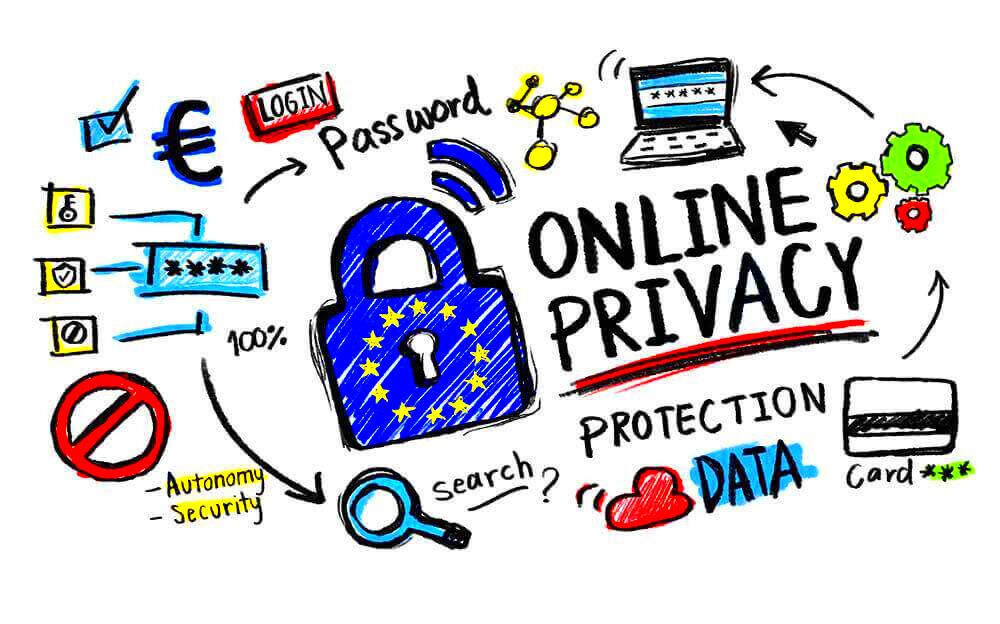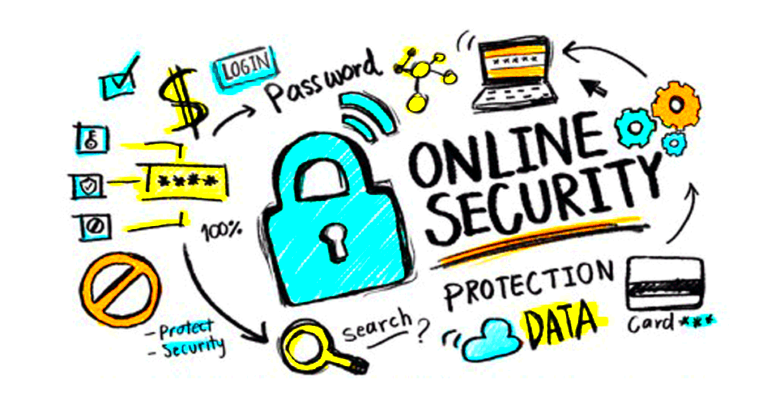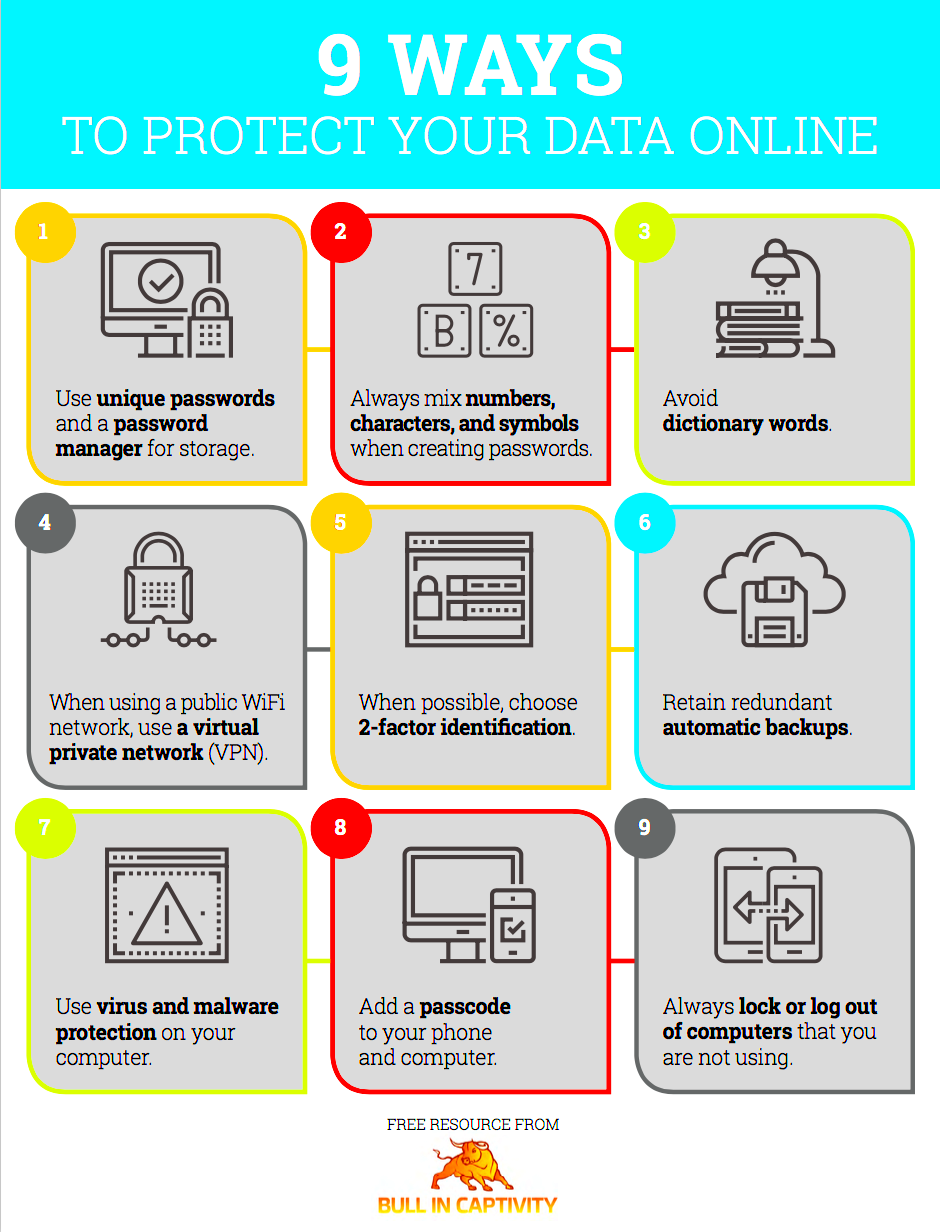In today's digital world, images are used everywhere—on websites, social media, blogs, and more. Unfortunately, this widespread use can make it easy for others to steal or misuse your images. Protecting your images online is not only important for maintaining your intellectual property but also for ensuring your creative work is respected. This guide will help you understand why image protection matters and provide practical tips to secure your images from theft and unauthorized use.
Why It's Important to Protect Your Images

When you upload your images online, you may not always have control over how they are used. Without proper protection, your images can easily be copied, altered, or repurposed without your permission. Here’s why it's crucial to protect your images:
- Intellectual Property Rights: Your images are a product of your creativity, and you have the right to decide how they are used.
- Preventing Financial Loss: If someone uses your images without paying for them or giving credit, you could miss out on potential earnings.
- Maintaining Brand Integrity: Unauthorized use of your images may harm your brand's image or message if they are misused or misrepresented.
- Legal Protection: Proper image protection methods can help you take legal action if your images are stolen or misused.
Also Read This: Alamy Alternative: Exploring Other Stock Photography Platform
How to Prevent Image Theft

Preventing image theft requires a combination of technical tools, legal measures, and practical strategies. Here are some ways you can reduce the chances of your images being stolen:
- Use Watermarks: Adding a watermark to your images is one of the most effective ways to protect them. A visible watermark discourages theft and ensures that your images remain credited to you.
- Disable Right-Click and Image Downloads: On your website, you can disable right-clicking to prevent people from easily downloading your images. However, be aware that this isn't foolproof since tech-savvy users can still find ways to save the image.
- Use Image Search Tools: Tools like Google Reverse Image Search allow you to track where your images are being used online. If you find your image being used without permission, you can contact the website owner to request removal.
- Apply Licensing: Clearly state the terms of use for your images by applying a Creative Commons or other licensing agreements. This can help ensure your images are only used in ways you approve.
- Use Image Protection Services: There are many online services that help protect and monitor your images for unauthorized use, offering features like copyright registration and image tracking.
Also Read This: how to upload image to leonardo ai
Best Practices for Watermarking Your Images

Watermarking is a powerful way to protect your images from theft. By adding a watermark, you ensure that anyone who uses your image knows who created it. However, not all watermarks are effective. To get the most protection, you should follow a few best practices when watermarking your images:
- Positioning the Watermark: Place your watermark in a location that's not easy to crop out. A good spot is across the center or diagonally through the image. This makes it harder for thieves to remove it without damaging the image itself.
- Make It Semi-Transparent: Your watermark should be visible but not overpowering. Using a semi-transparent watermark allows your image to remain visually appealing while still asserting ownership.
- Use Text or Logo: A simple text watermark with your name or website address is effective. Alternatively, you can use a logo watermark for branding purposes. Both methods give clear attribution to the original creator.
- Consistency: Apply a consistent watermark style across all of your images. This reinforces your brand identity and makes your work easily recognizable.
- Keep It Subtle: While the watermark needs to be visible, it shouldn’t distract from the overall aesthetic of the image. It should enhance, not overpower, the visual appeal.
Also Read This: Creating Image URLs in Easy Steps
Using Licensing and Copyright for Image Protection
Licensing and copyright are two of the most effective ways to protect your images legally. By clearly stating the terms of use for your images, you can prevent unauthorized use and maintain control over your work.
- Copyright Your Work: As soon as you create an image, it’s automatically protected by copyright law. However, registering your copyright with a national copyright office offers additional legal protections, allowing you to take legal action if your work is stolen.
- Apply a License to Your Images: Licensing allows others to use your images under specific terms. You can choose between various types of licenses, such as Creative Commons, which grants permission for certain uses while maintaining your rights. For example:
License Type Description Creative Commons Allows others to use your work for free under certain conditions, such as attribution. Royalty-Free Allows buyers to use your image for a set fee, with no additional payment required. Rights-Managed Grants use of your image for a specific time, place, and purpose, and requires payment each time it's used. - Clearly Display Licensing Information: Make it clear on your website or in the image metadata what licensing terms apply. This helps prevent confusion and ensures that others know how they can legally use your images.
- Monitor Usage: Regularly check where your images are being used, especially if you’ve granted certain rights to others. This ensures that they adhere to the terms you’ve set out.
Also Read This: How Many Adobe Stock Shares Do Directors Get
Tools and Platforms to Help Protect Your Images
There are many tools and platforms available that can help protect your images, from watermarking to tracking unauthorized usage. These resources provide added protection and can make your image management much easier. Here are some of the most popular options:
- Adobe Photoshop: Photoshop is one of the most powerful tools for watermarking and editing your images. It offers advanced options for adding subtle watermarks, adjusting opacity, and batch processing large sets of images.
- Digimarc: Digimarc provides an invisible watermarking solution that embeds unique information into your image's data. This watermark is undetectable to the naked eye but can be traced back to you through Digimarc's system.
- Pixsy: Pixsy helps you find unauthorized uses of your images by tracking them across the web. If your images are used without permission, Pixsy can help you take action, whether through a removal request or legal channels.
- Google Reverse Image Search: This free tool allows you to search for images that are similar or identical to your own. It’s a quick way to check if anyone is using your images without permission.
- Copyright.gov: If you're based in the United States, registering your images with the U.S. Copyright Office gives you legal protection and the ability to take legal action if your images are used without permission.
- PhotoShelter: PhotoShelter is an online platform where you can upload your images and set licensing terms. It also provides digital rights management (DRM) tools to prevent unauthorized downloading or sharing of your images.
Also Read This: Insights into Popular and Profitable Content: Shutterstock’s Best-Selling Images
How to Handle Image Theft When It Happens
Despite your best efforts, image theft can still happen. If you discover that your images have been stolen or used without permission, it’s important to act quickly to protect your rights. Here are some steps you can take:
- Document the Theft: Before taking any action, gather evidence of the theft. Take screenshots of the stolen images and the website or platform where they are being used. This documentation can be important if you need to pursue legal action.
- Contact the Website or User: In many cases, a simple message can resolve the issue. Contact the website owner or the person who is using your image without permission. Politely ask them to remove the image or to give proper credit if necessary. Be clear about your rights and how the image is protected by copyright.
- File a Takedown Notice: If the image is being hosted on a platform like Instagram, Google, or Pinterest, you can file a Digital Millennium Copyright Act (DMCA) takedown notice. This legally forces the platform to remove the infringing content.
- Seek Legal Action: If the above steps don’t work, you may need to take legal action. Consult a lawyer who specializes in intellectual property law to understand your options. Depending on the severity of the infringement, you might be able to pursue financial compensation for the theft of your work.
- Consider Licensing Your Images: After the incident, consider licensing your images through a platform that tracks usage and ensures payment for use. This can help prevent future unauthorized use and ensure you’re compensated fairly.
Also Read This: How to Add a Link on Behance Project for Your Portfolio
Conclusion
Protecting your images online is essential in maintaining your rights and ensuring your creative work isn’t misused. By watermarking your images, using proper licensing, and taking advantage of available tools, you can safeguard your work from theft. However, if image theft does occur, knowing how to handle the situation efficiently can help you resolve the issue and prevent future problems. Stay proactive in securing your content, and always keep an eye on how your images are being used online. With the right tools and knowledge, you can protect your intellectual property and ensure your creativity is respected.
FAQ
Q1: How can I prevent my images from being stolen?
A1: To prevent image theft, you can watermark your images, use image search tools to track their use, and apply licensing and copyright to protect your work. Additionally, disabling right-clicking on your website can help limit easy downloading.
Q2: What is the best way to handle image theft?
A2: If your image is stolen, start by documenting the theft, then contact the website or user to request removal or proper credit. If this doesn’t work, file a DMCA takedown notice or consult a lawyer for legal action.
Q3: Can I legally protect my images without registering them?
A3: In most countries, images are automatically protected by copyright as soon as they are created. However, registering your copyright offers additional legal benefits and makes it easier to take action if your images are stolen.
Q4: Should I use a watermark on all my images?
A4: Watermarking is an effective way to protect your images, especially for high-value or highly sharable content. However, it’s important to place the watermark in a strategic location that doesn’t overpower the image itself.
Q5: What should I do if someone uses my image without permission?
A5: If someone uses your image without permission, you can contact them directly to request removal or proper attribution. If they don’t respond, you can file a DMCA takedown notice or consult with a lawyer to explore legal options.

 admin
admin








